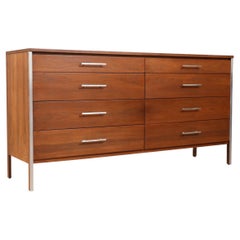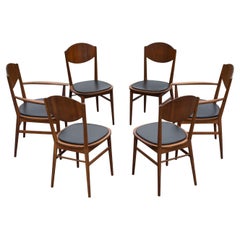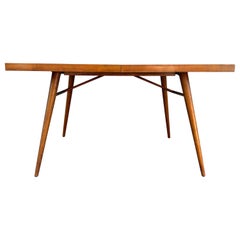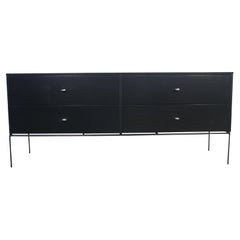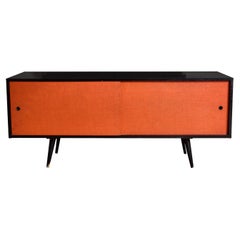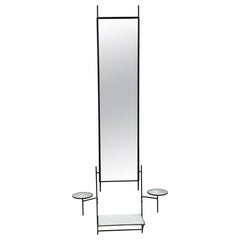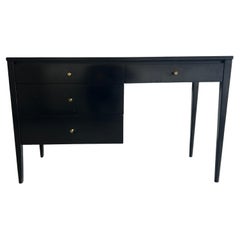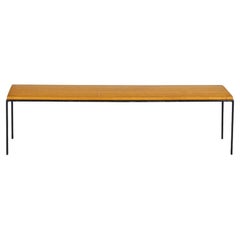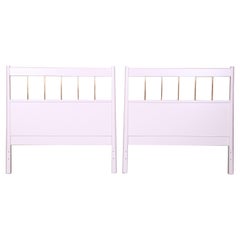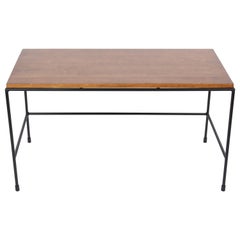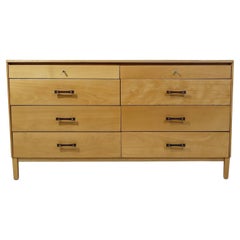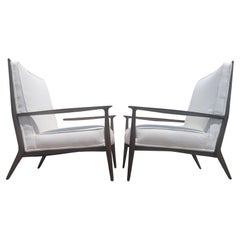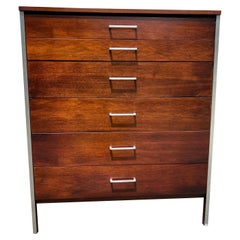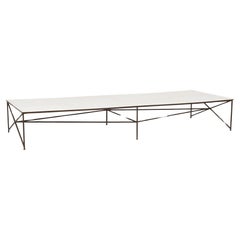Paul McCobb
The single aesthetic attribute of vintage Paul McCobb furniture is that the designer completely forsook ornament — his pieces have no flourishes. And yet, because they are honest — McCobb’s chairs, desks and dining tables are made of solid wood, usually maple or birch, often paired with frames and legs of wrought iron; the cabinets are traditionally scaled; the seating pieces have historic antecedents such as the Windsor chair — his mid-century modern work has warmth and presence.
You could call the Massachusetts-born McCobb a man of parts. As a furniture designer, his work combined the attributes of many of his now better-known peers.
Like the work of Bauhaus designers such as Ludwig Mies van der Rohe and Marcel Breuer, McCobb's furniture had purity of form and line. Like the designs of Florence Knoll and George Nelson and his associates, McCobb’s work was efficient and purposeful. And even like George Nakashima, he was adept at interpreting traditional forms, in particular those of chairs, for the 20th century.
More than any other designer besides Russel Wright, with his ubiquitous ceramic tableware, McCobb was arguably responsible for the introduction of modern design into middle-class American households — if for no other reason than that he designed the 1952 set for the original Today show.
McCobb, a repeat recipient of the Good Design Award from the Museum of Modern Art, also designed cohesive lines of furnishings, such as his best-known Planner Group, that gave homes an instant “look.” He designed for several companies, most notably Directional, which was home to McCobb’s Origami chair.
In 1949, in partnership with New York furniture salesman B.G. Mesberg, McCobb set up the Directional Furniture Company, a brand known to vintage mid-century modern furniture collectors everywhere. Directional opened its doors after McCobb created the high-end Directional Modern line of sofas distributed by the New York-based Modernage Company. Directional also produced designs by other legends such as Paul Evans and Vladimir Kagan.
As you can see from the offerings on 1stDibs, McCobb designs are the pin-striped suit, or the little black dress, of a decor: an essential.
Find vintage Paul McCobb credenzas, bookcases, nightstands and other furniture on 1stDibs.
| Average Sold Price |
| $3,028 |
| Styles |
| Materials |
| Related Creators |
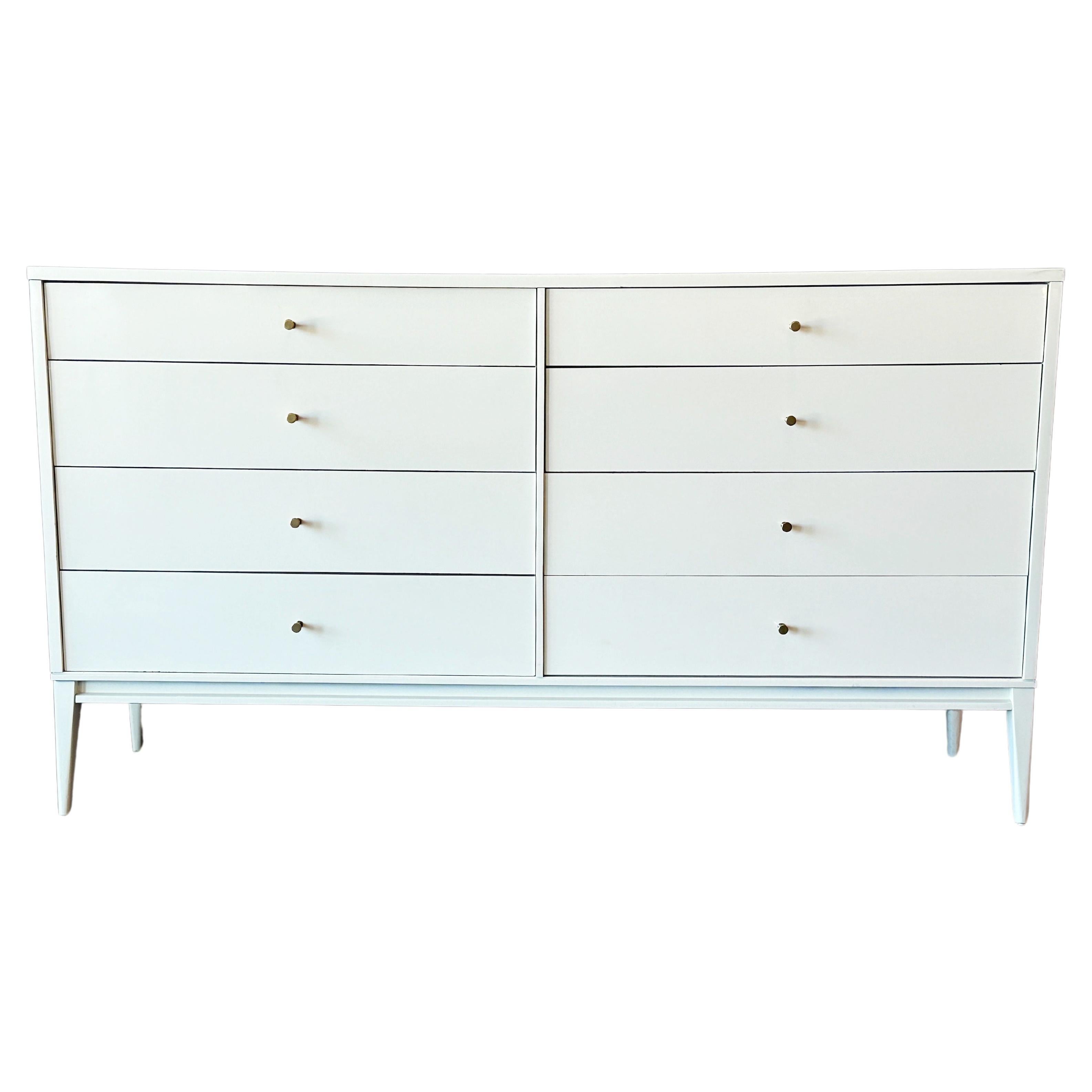
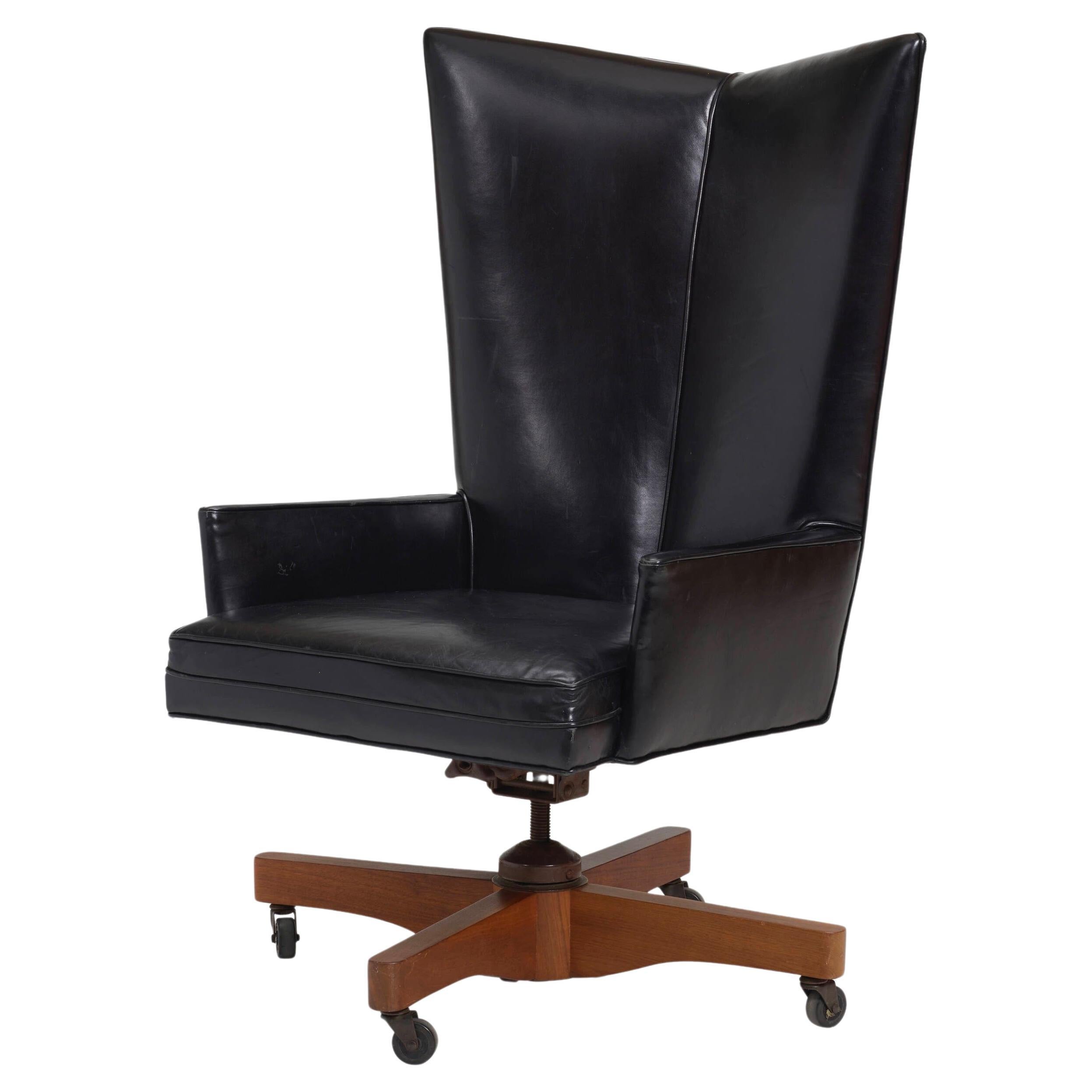
1950s American Mid-Century Modern Vintage Paul McCobb
Steel
1960s American Mid-Century Modern Vintage Paul McCobb
Upholstery, Walnut
1950s American Mid-Century Modern Vintage Paul McCobb
Maple
Mid-20th Century American Mid-Century Modern Paul McCobb
Aluminum
1950s American Mid-Century Modern Vintage Paul McCobb
Brass
20th Century American Mid-Century Modern Paul McCobb
Metal
Mid-20th Century American Mid-Century Modern Paul McCobb
Brass
Mid-20th Century American Mid-Century Modern Paul McCobb
Iron
Popular Searches
Paul McCobb Sale Prices
| Sold Date | Sold Price | Category | Material | Creation Year | ||||||||||||||||||||||||||||||||||||||||||||||||||||||||||||||||||||||||||||||||||||||||||||||||
|
| $3,028 |
Average sold price of items in the past 12 months |
| $150-$8,500 |
| Sold price range of items in the past 12 months |
Creators Similar to Paul McCobb


Paul Mccobb furniture for sale on 1stDibs.
- 1stDibs ExpertMarch 22, 2022You can sell Paul McCobb furniture in a number of ways. Options include selling directly to someone else by advertising on social media or in the newspaper or going to a vintage furniture shop. You can also work with an auction house or choose a reputable online platform. On 1stDibs, shop a collection of Paul McCobb furniture.
- 1stDibs ExpertMarch 22, 2022To refinish Paul McCobb furniture, start by stripping away the old finish with a chemical stripper. Then, use a fine wire brush and steel wool to remove any lingering chemicals. Sand every surface and apply a wood conditioner. Finally, apply three to five coats of lacquer. Find a collection of Paul McCobb furniture on 1stDibs.
- 1stDibs ExpertMarch 22, 2022The best way to identify Paul McCobb furniture is to look for the signature hallmarks of his style. He didn't sign or add a brand marker to his pieces. McCobb preferred clean, simple lines with no ornamentation. Slightly angled legs and boxy drawers and chair backs are indicative of his work. On 1stDibs, find a variety of expertly vetted Paul McCobb furniture.
- 1stDibs ExpertMarch 22, 2022In most cases, Paul McCobb used a natural lacquer wood finish. In doing so, he emphasized the natural color and grain of the hardwoods used to build his tables, desks, cabinets and other furniture. Shop a collection of Paul McCobb on 1stDibs.
